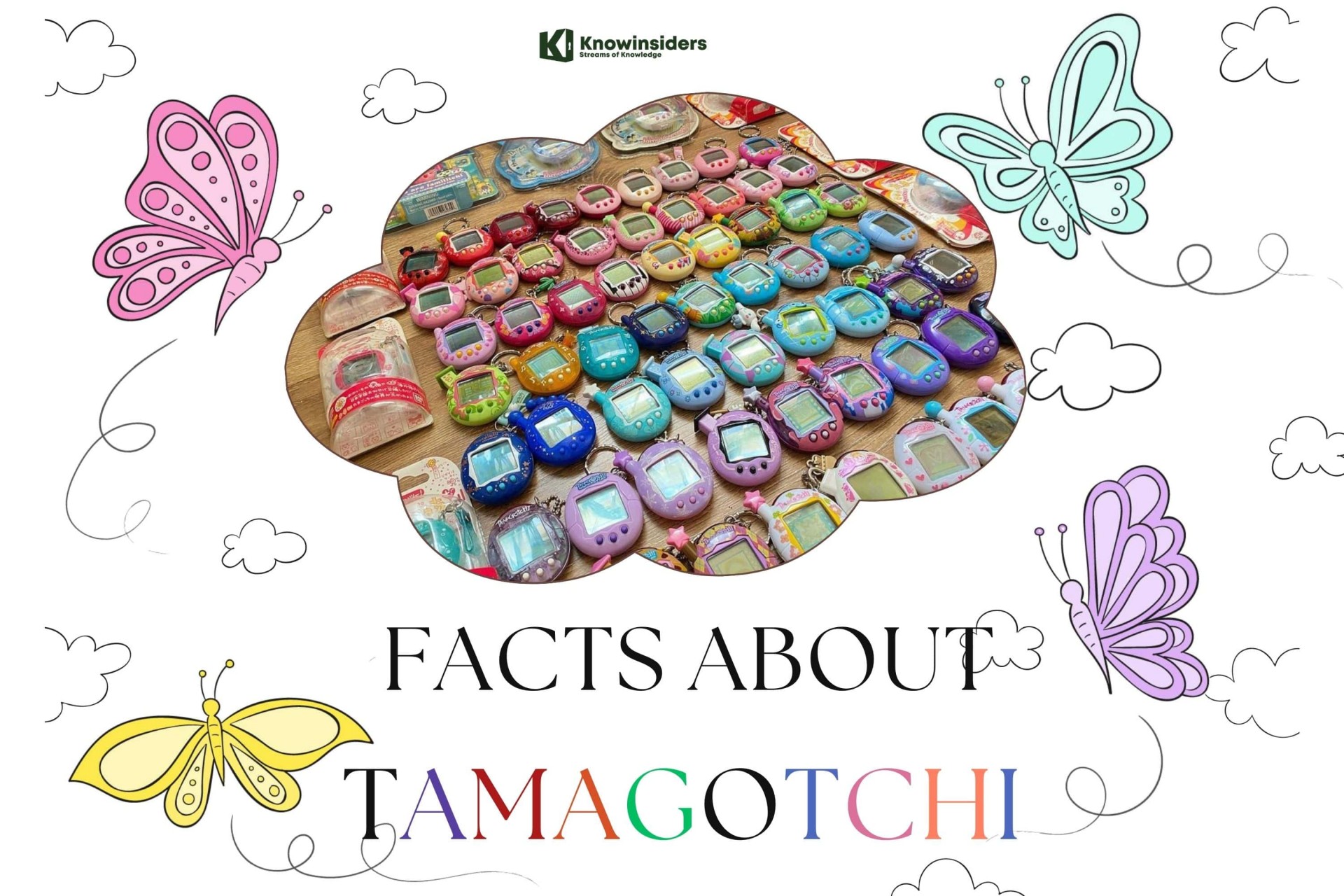Top 7 Amazing Facts about the Earth we're living in!
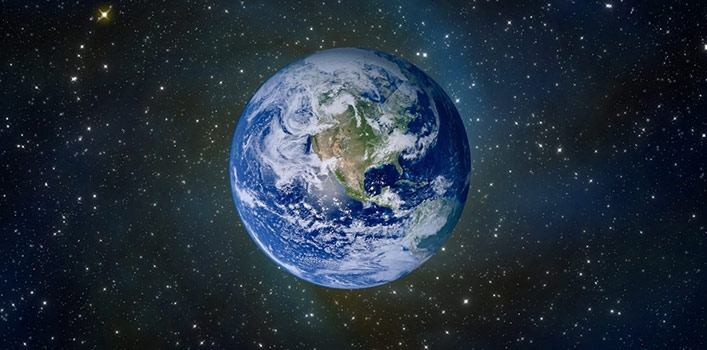 |
| Photo: facts.com |
Here are the top 7 interesting facts about the Earth we're living in!
1. Plate Tectonics Keep the Planet Comfortable:
Earth is the only planet in the Solar System with plate tectonics. Basically, the outer crust of the Earth is broken up into regions known as tectonic plates. These are floating on top of the magma interior of the Earth and can move against one another. When two plates collide, one plate will subduct (go underneath another), and where they pull apart, they will allow the fresh crust to form.
This process is very important and for a number of reasons. Not only does it lead to tectonic resurfacing and geological activity (i.e. earthquakes, volcanic eruptions, mountain-building, and oceanic trench formation), it is also intrinsic to the carbon cycle. When microscopic plants in the ocean die, they fall to the bottom of the ocean.
2. Earth is Almost a Sphere
Many people tend to think that the Earth is a sphere. In fact, between the 6th century BCE and the modern era, this remained the scientific consensus. But thanks to modern astronomy and space travel, scientists have since come to understand that the Earth is actually shaped like a flattened sphere (aka. an oblate spheroid).
This shape is similar to a sphere, but where the poles are flattened and the equator bulges. In the case of the Earth, this bulge is due to our planet’s rotation. This means that the measurement from pole to pole is about 43 km less than the diameter of Earth across the equator. Even though the tallest mountain on Earth is Mount Everest, the feature that’s furthest from the centre of the Earth is actually Mount Chimborazo in Ecuador.
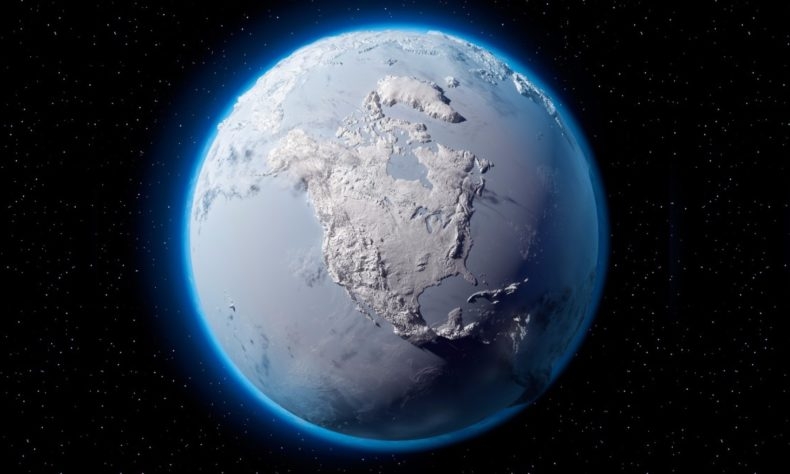 |
| Photo: Dual Love |
3. Earth is Mostly Iron, Oxygen and Silicon:
If you could separate the Earth out into piles of material, you’d get 32.1 % iron, 30.1% oxygen, 15.1% silicon, and 13.9% magnesium. Of course, most of this iron is actually located at the core of the Earth. If you could actually get down and sample the core, it would be 88% iron. And if you sampled the Earth’s crust, you’d find that 47% of it is oxygen.
4. 70% of the Earth’s Surface is Covered in Water:
When astronauts first went into space, they looked back at the Earth with human eyes for the first time. Based on their observations, the Earth acquired the nickname the “Blue Planet:. And it’s no surprise, seeing as how 70% of our planet is covered with oceans. The remaining 30% is the solid crust that is located above sea level, hence why it is called the “continental crust”.
5. The Earth’s Atmosphere Extends to a Distance of 10,000 km:
Earth’s atmosphere is thickest within the first 50 km from the surface or so, but it actually reaches out to about 10,000 km into space. It is made up of five main layers – the Troposphere, the Stratosphere, the Mesosphere, the Thermosphere, and the Exosphere. As a rule, air pressure and density decrease the higher one goes into the atmosphere and the farther one is from the surface.
The bulk of the Earth’s atmosphere is down near the Earth itself. In fact, 75% of the Earth’s atmosphere is contained within the first 11 km above the planet’s surface. However, the outermost layer (the Exosphere) is the largest, extending from the exobase – located at the top of the thermosphere at an altitude of about 700 km above sea level – to about 10,000 km (6,200 mi). The exosphere merges with the emptiness of outer space, where there is no atmosphere.
6. The Earth’s Molten Iron Core Creates a Magnetic Field
The Earth is like a great big magnet, with poles at the top and bottom near to the actual geographic poles. The magnetic field it creates extends thousands of kilometres out from the surface of the Earth – forming a region called the “magnetosphere“.
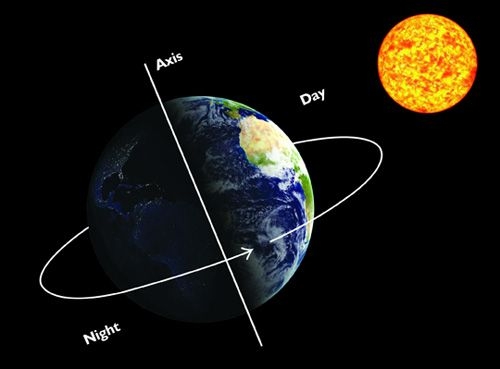 |
| Photo: Pinterest. |
7. Earth Doesn’t Take 24 Hours to Rotate on its Axis:
It actually takes 23 hours, 56 minutes and 4 seconds for the Earth to rotate once completely on its axis, which astronomers refer to as a Sidereal Day. Now wait for a second, doesn’t that mean that a day is 4 minutes shorter than we think it is? You’d think that this time would add up, day by day, and within a few months, the day would be night, and night would be the day.
But remember that the Earth orbits around the Sun. Every day, the Sun moves compared to the background stars by about 1° – about the size of the Moon in the sky. And so, if you add up that little motion from the Sun that we see because the Earth is orbiting around it, as well as the rotation on its axis, you get a total of 24 hours.
| Earth is the planet we have the best opportunity to understand in detail—helping us see how other rocky planets behave, even those orbiting distant stars. As a result, scientists are increasingly monitoring Earth from space. NASA alone has dozens of missions dedicated to solving our planet's mysteries. |
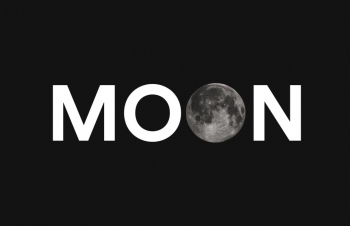 Facts about the MOON: Top 12 Interesting Things Facts about the MOON: Top 12 Interesting Things At a distance of 384,400 km from the Earth, the Moon is our closest celestial neighbour and only natural satellite. Like the Earth itself, the ... |
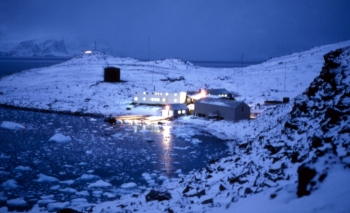 Top 7 Loneliest Places on the Planet Top 7 Loneliest Places on the Planet There are times when you want to leave everything behind and looking to take a break from the ongoing societal craps in your life, you ... |
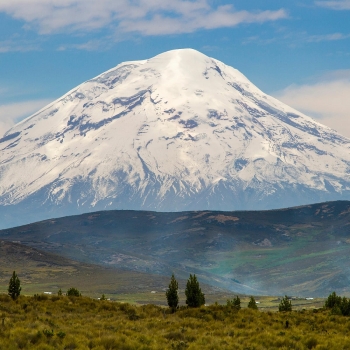 The tallest mountain on Earth: Mount Everest, Mauna Kea in Hawaii, and now Chimborazo in Ecuador? The tallest mountain on Earth: Mount Everest, Mauna Kea in Hawaii, and now Chimborazo in Ecuador? Mount Everest which is believed is the highest moutain so far is beaten by Chimborazo, in Ecuador and Mauna Kea on the island of Hawaii? |

